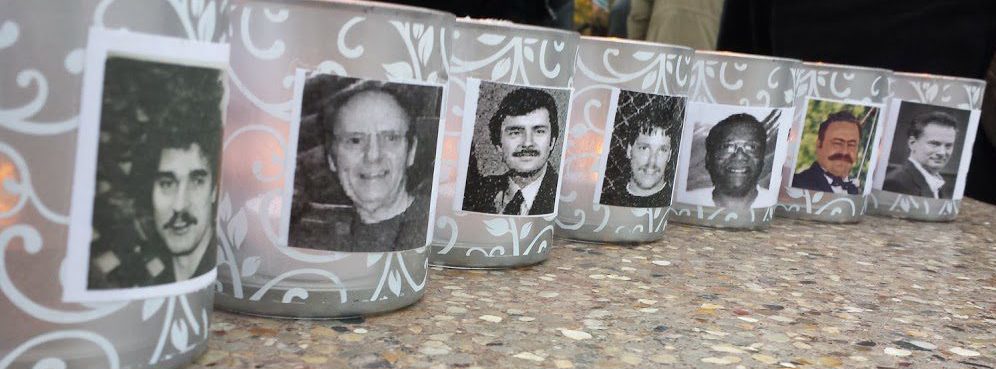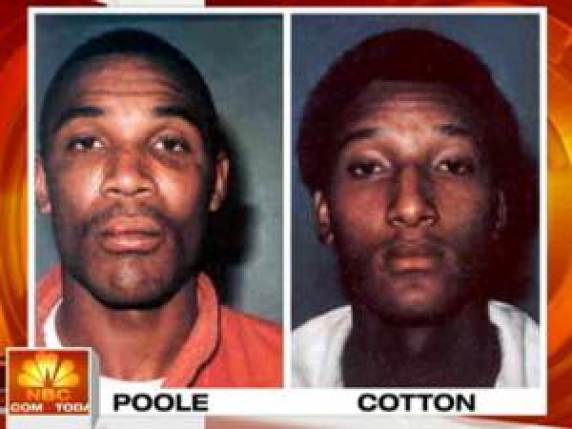My son, Jared, told me about an experience he had while being vetted for jury duty. With it being closely related to my writings and to the photo lineup I use in my class visits using his photo, I asked him to write about that experience. The following is the piece he sent to me:
Essay by Jared Manninen:
I’ve lived at Lake Tahoe for 20 years, and one of the defining characteristics of being local is that we’re often summoned for jury duty multiple times per year. Usually just once, but I’ve received the call three times in a single year on multiple occasions. Now, that doesn’t necessarily mean that we actually have to report to the courthouse each time and then serve on a jury. Usually, we’re waived off the night before via an automated phone and online message. But prior to the day, we still essentially have to clear our schedule just in case.
In all fairness, though, I’ve only had to physically report to the courthouse a handful of times. But a few years ago I was summoned and, not only was I required to show up in person, I was also put in the potential jurors’ box to be vetted by the prosecutor and defense attorney. Mind you, this vetting process can take multiple days and involve hundreds of citizens. Basically, the attorneys only question a dozen potential jurors at a time. So the whole thing is laborious and time-consuming.
I don’t recall the nature of the case in which I was summoned because the attorneys asked broad questions so as not to give away any of its details. They didn’t want to influence the jury pool, after all. However, one of the troubling aspects that I do recall about this particular case was that the prosecutor admitted that he had no evidence beyond eyewitness testimony. I don’t even think he mentioned that he had any type of circumstantial evidence to back up the testimony. So one of the questions posed to us was whether or not we would have a problem with this scenario.
Now, the prosecutor did preface this by addressing the fact that crime procedural shows such as CSI and NCIS were very popular and have convinced the American populace into believing that DNA and other physical evidence is everywhere for the taking. However, this is obviously not true, and we all acknowledged that real life is not nearly as formulaic as a 42-minute TV crime show.
I was the only person in the juror box, however, to raise my hand in opposition to the fact that we’d only be hearing eyewitness testimony. The prosecutor, therefore, zeroed in on me and questioned my rationale.

The photo lineup Jared and I created to illustrate the real pitfalls of mistaken witness identification
I described the wrongful conviction case in which my mother was working. And based on our many conversations, as well as the books, articles, and interviews that I had read about wrongful convictions, I learned that without corroborating physical evidence, eyewitness testimony is not reliable. In fact, according to the National Registry of Exonerations, mistaken witness identification (i.e. eyewitness testimony) happens in 27% of all wrongful conviction cases. That’s one in four! In addition, the percentage of mistaken witness identification cases of those exonerated through DNA testing is approximately 75%. So I was very dismayed by the fact that the entire case on which I was potentially going to be a juror was relying completely on eyewitness testimony.
Needless to say, after the brief conversation the prosecutor dismissed me as a potential juror. He clearly didn’t want me influencing anyone else in the room. And this was fine because I had no interest in being part of a “he said/she said” type of case. Honestly, I can’t even believe a situation like that would find its way into the courtroom.
In the years since that jury summons, my belief about the fallacy of eyewitness testimony has only grown stronger. And, of all things, this has been a direct result of becoming an avid birder*. But I’m a birder who carries a camera with me.
I know this may sound off-topic. However, birding is essentially a lesson in eyewitness testimony. Literally, I go outside to see certain birds. I specifically train myself to notice unique field marks, flight patterns, shapes, and behaviors that help me to identify those birds. But I still get it wrong sometimes! This is why I always carry with me a camera to capture physical evidence (i.e. photographs) to either confirm or correct my identifications.
And it’s not just me who sometimes incorrectly identifies bird species. Everybody does! Even some of my friends, who I consider to be experts, occasionally misidentify a bird. Our debate ends quickly, though, once I show them the photo that I took of the bird in question.
So expert “observers” still make mistakes. Now, imagine being a random person walking down the street minding your own business when you casually notice out of the corner of your eye somebody running out of a convenience store (after it was robbed, for example). It should be fairly obvious why eyewitness testimony wouldn’t be reliable under those circumstances. Ultimately, atmospheric conditions, physical obstacles, distractions, fatigue, mental biases, and other factors conspire to erode our perception of what we believe we’re seeing.

Jared in his element, in the mountains at Lake Tahoe (Photo courtesy of Jared Manninen)
Jared Manninen is an artist and writer who has lived at Lake Tahoe since 2005. He’s an avid hiker, cross-country skier/instructor, and amateur naturalist who works in the outdoor recreation industry. As a result of this immersive experience, his art, photography, and writing all reflect his appreciation for Lake Tahoe and the surrounding Sierra Nevada Mountains.
“The purpose behind my art is to not only share my love of Lake Tahoe but, more importantly, to inspire you to go outside and have your own adventures (regardless of where you are).” — Jared Manninen
*Incidentally, Jared participated in the Tahoe Big Year for birding in 2024. He came in first place by identifying (and providing proof with photos) the most bird species in the Tahoe region. He recently gave a talk about that experience at the Tahoe Public Library.
Here is an audio (1 hr. 11 minute) version of his talk which includes photos of the bird species he photographed throughout the year.


